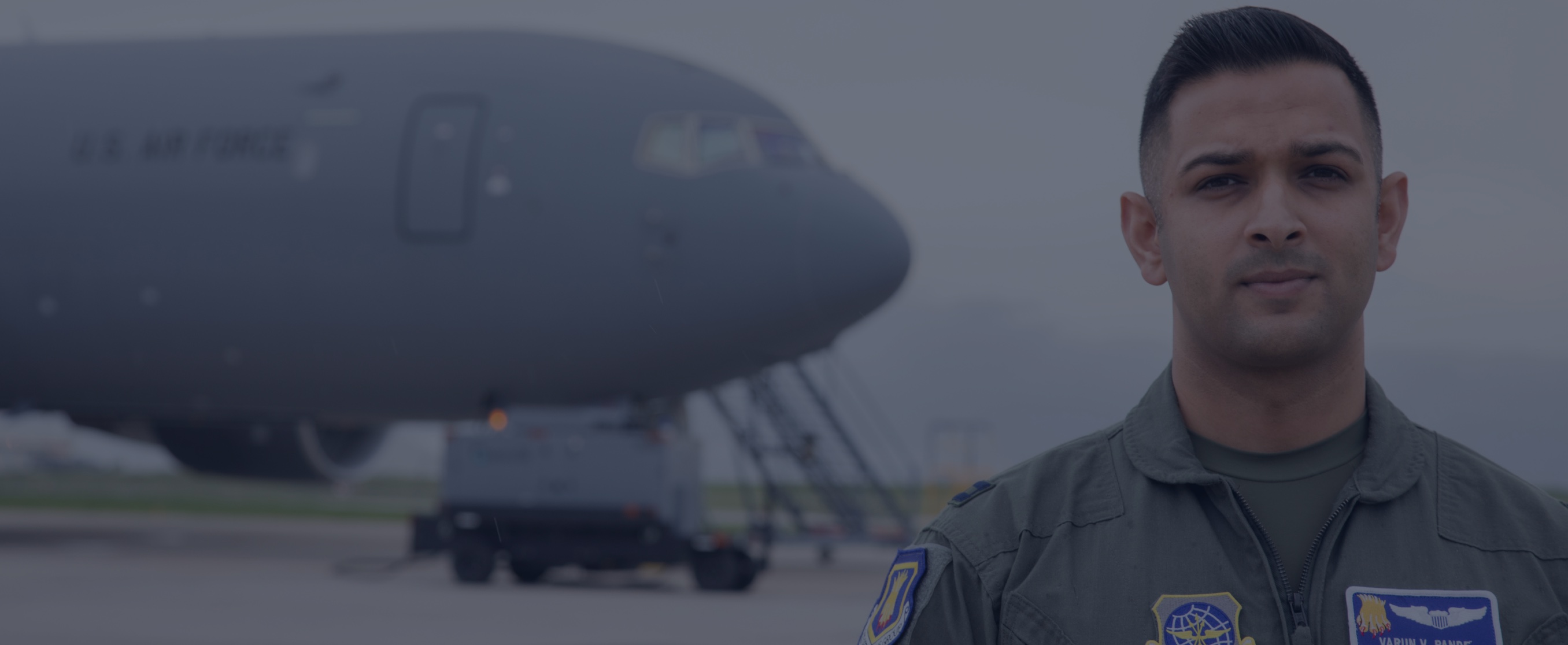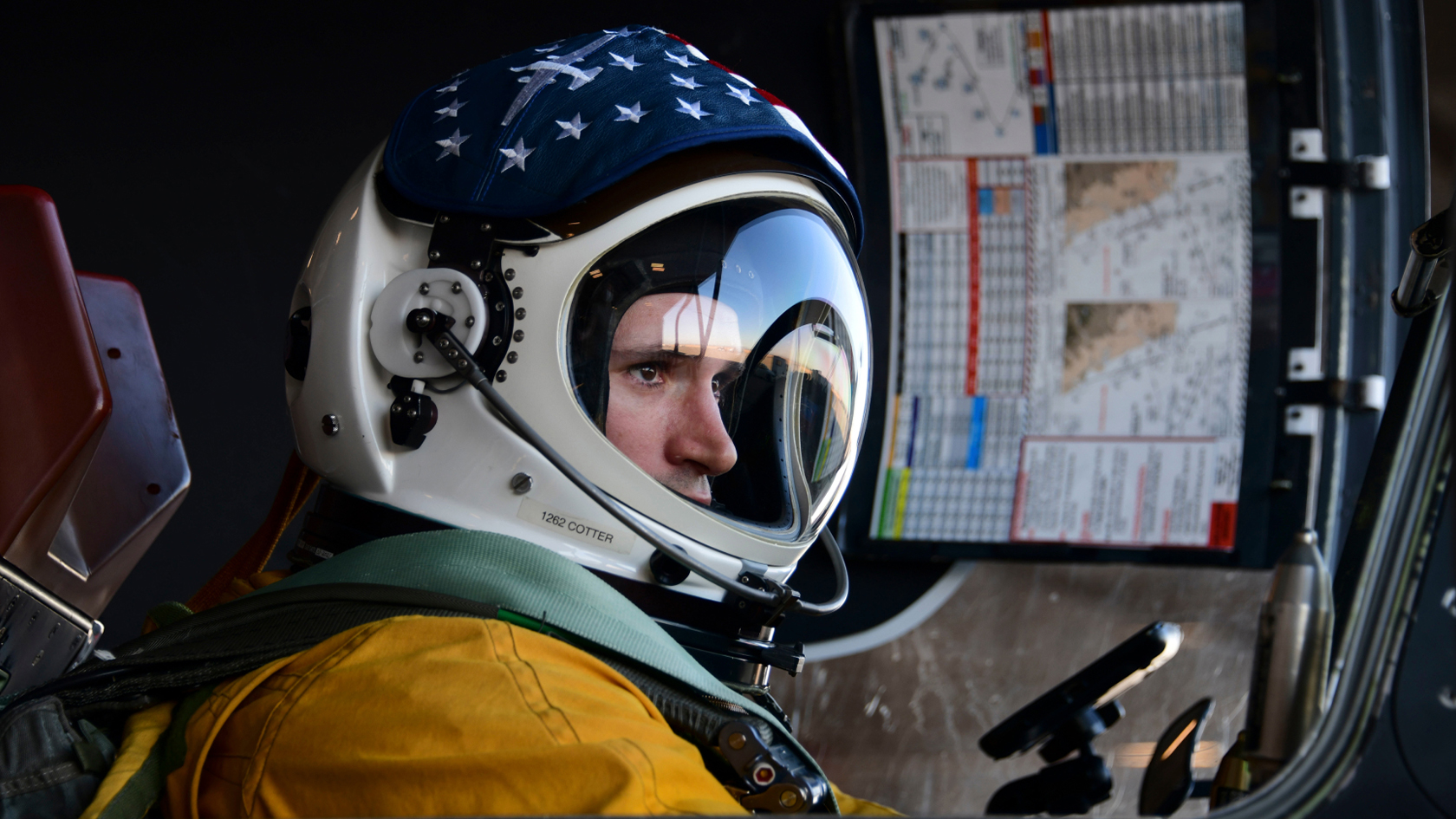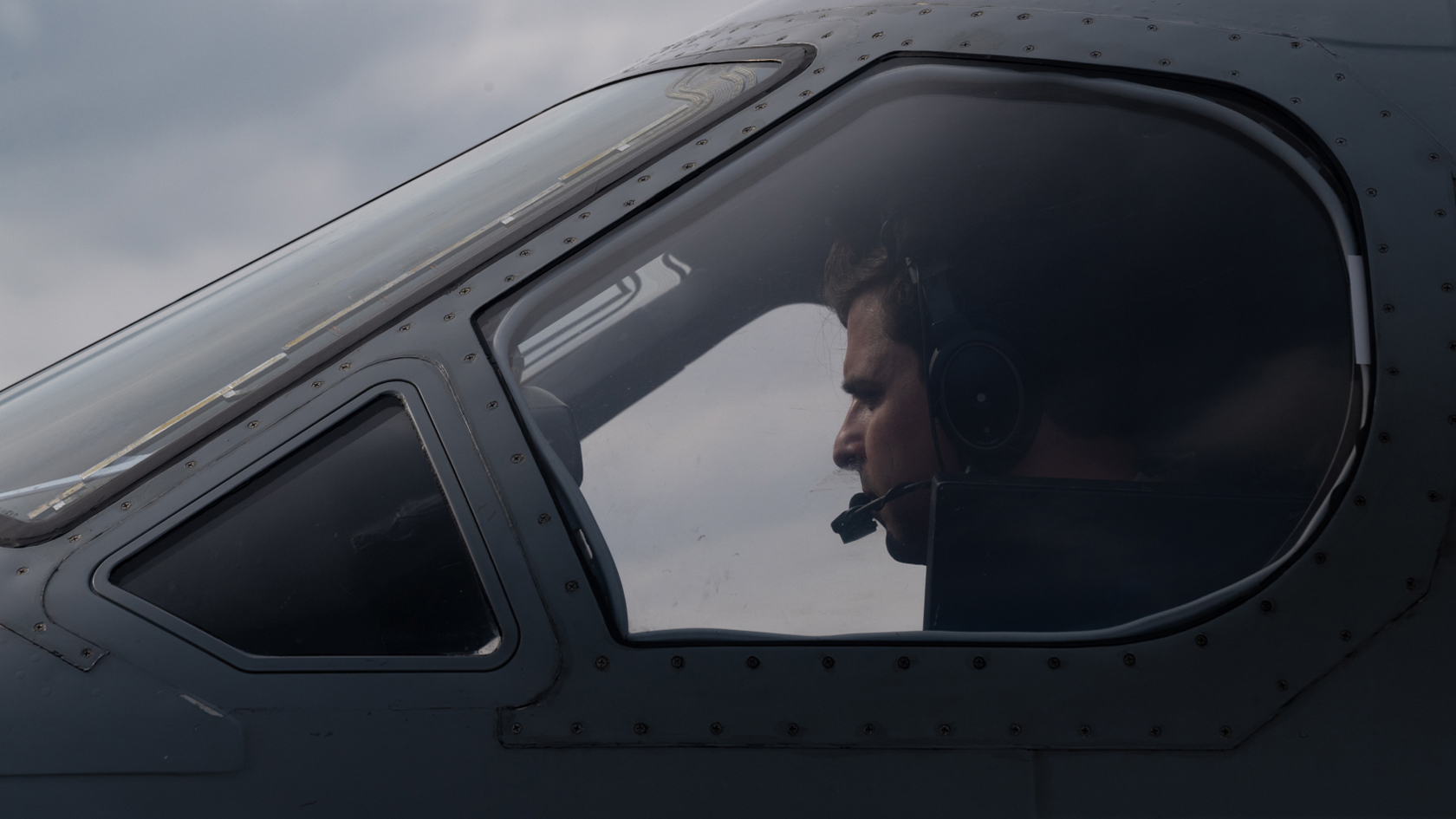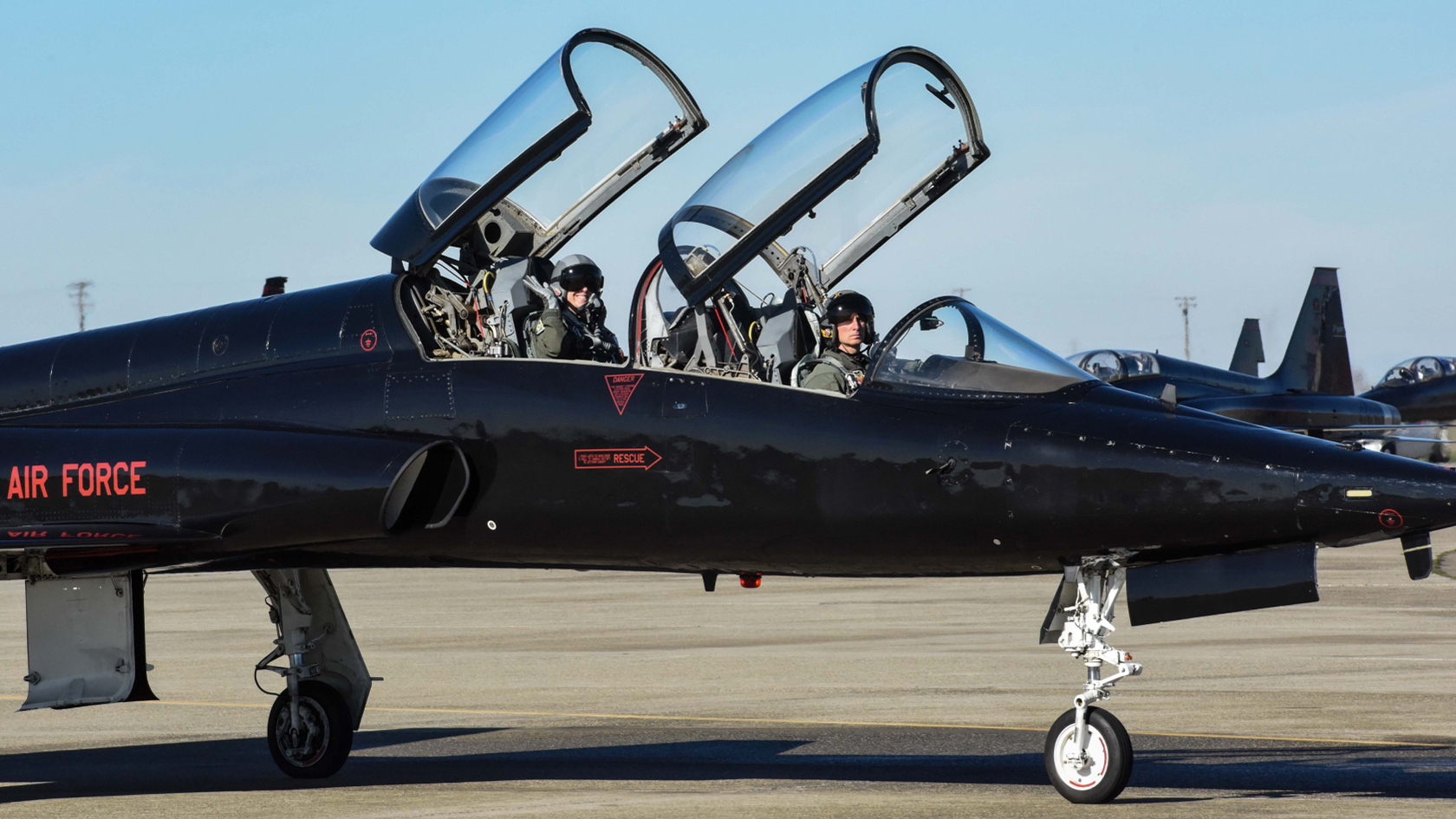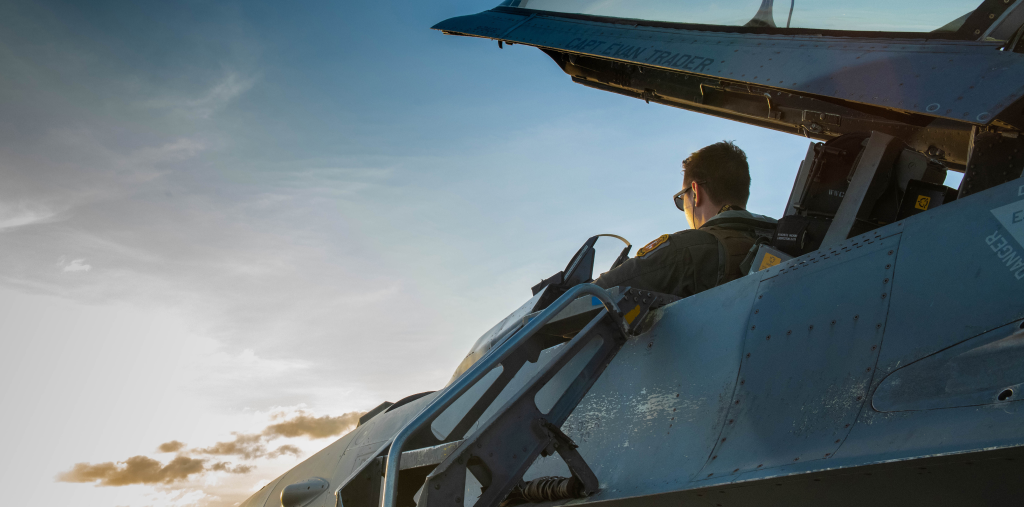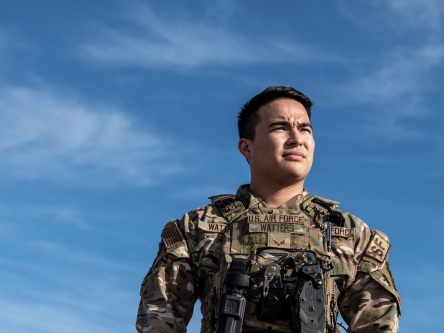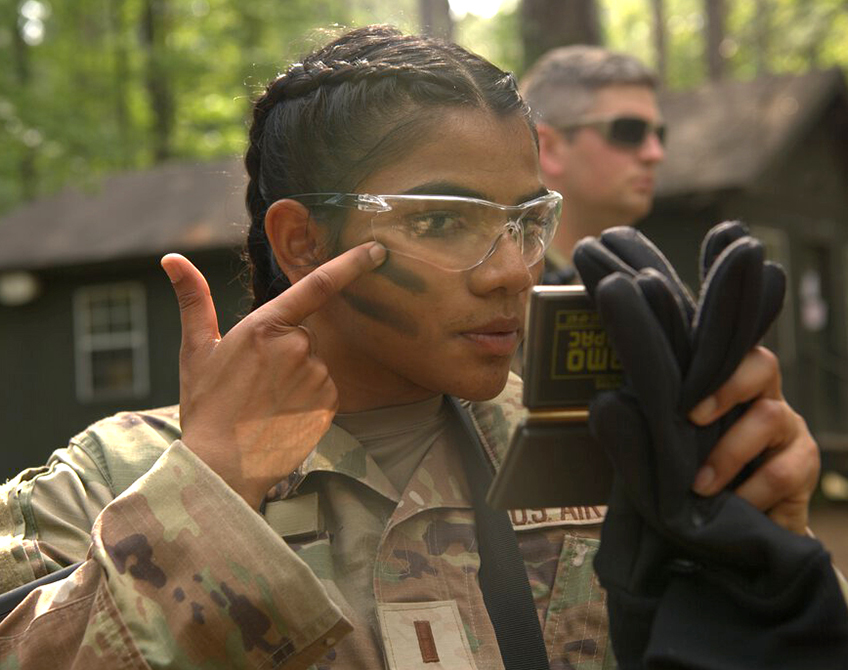
Reconnaissance, Surveillance,
Electronic Warfare Pilot
What you’ll do
- Review mission tasking, intelligence and weather information.
- Ensure aircraft is preflighted, inspected, loaded, equipped and manned for missions.
- Supervise mission planning, preparation and filing of flight plan and crew briefing.
- Perform, supervise or direct navigation, in-flight refueling and weapons delivery.
- Develop plans and policies, monitor operations, and advise commanders.

TRAINING & EDUCATION
How do we transform you into a leader and an officer in this field? From education to continued training, your Air Force path is here.
-
Officer Training School
8.5 weeks
-
MILITARY TRAINING LOCATION
Maxwell AFB, AL
-
Bachelor's Degree
-
- Knowledge of theory of flight, air navigation, meteorology, flying directives, aircraft operating procedures and mission tactics
- Completion of Air Force Specialized Undergraduate Pilot Training
- Completion of a Single Scope Background Investigation (SSBI)
- Additional requirements specific to specialty
- Completion of Officer Training School (OTS), Air Force Academy (AFA) or Air Force Reserve Officer Training Corps (AFROTC)
- Must have begun pilot training between the ages of 18 and not reached your 33rd birthday
- For pilot and aircrew positions, height specifications vary by aircraft and most applicants can successfully pursue a career in aviation with the U.S. Air Force. Applicants who are significantly taller or shorter than average may require special screening to ensure they can safely perform operational duties. Applicants of all heights are encouraged to apply.
How to Become a Pilot FAQs
-
Once you are qualified to join the Air Force as an officer, you will take this path to get your wings:
- Complete Officer Training (Air Force Academy, AFROTC, or OTS).
- Enter Undergraduate Pilot Training (UPT) and begin flight training (~1 year).
- Nearing completion of UPT, you will be assigned an aircraft, which is called getting your seat assignment. Seat assignment is determined by class ranking, training performance reports, instructor recommendations, your aircraft preferences and our needs.
- Upon completion of UPT and your seat assignment, you continue flight training for the specific aircraft you were assigned (six months to one year).
- Nearing completion of your Advanced Flight Training, you will be given a squadron and location assignment. Your location preferences are considered.
The commitment for an Air Force Pilot is 10 years of active-duty service after completion of pilot training. Learn more about pilot training and lifestyle.
-
Becoming an Air Force Pilot requires you to meet strict physical, medical, vision and academic requirements. Applicants must achieve qualifying scores on the AFOQT exam, meet all requirements and pass a selection board prior to age 33. A final determination on your eligibility will be reached by working with a recruiter through the full application process.
For pilot and aircrew positions, height specifications vary by aircraft and most applicants can successfully pursue a career in aviation with the U.S. Air Force. Applicants who are significantly taller or shorter than average may require special screening to ensure they can safely perform operational duties. Applicants of all heights are encouraged to apply.
Generally speaking, pilot candidates must:
- Meet Air Force weight and physical conditioning requirements.
- Have no history of hay fever, asthma or allergies after age 12.
- Have normal color vision with near visual acuity of 20/30 without correction and distance visual acuity of no worse than 20/70 in each eye, correctable to 20/20.
- Meet refraction, accommodation and astigmatism requirements—corrective eye surgery could be a disqualifier.
- Have or be within 365 days of receiving a baccalaureate degree (BA or BS) in any major with a GPA of at least 2.5.
Note that if you have prior flight time, this is a plus in being considered for a Pilot/Combat Systems Officer (CSO) assignment. CSO Distance 20/200 corrected to 20/20, near vision 20/40 corrected to 20/20 RPA distance vision 20/400 corrected to 20/20, near there is no standard for uncorrected near vision, but must be corrected to 20/20.
-
Pilots must have normal color vision, near visual acuity of 20/30 without correction, distance visual acuity of no worse than 20/70 in each eye correctable to 20/20 and meet other refraction, accommodation and astigmatism requirements. Corrective eye surgery may also disqualify applicants for pilot or other specific roles.
In addition to vision requirements, becoming an Air Force Pilot requires you to meet strict physical, medical and academic requirements. A final determination on your eligibility will be determined by working with a recruiter through the full application process.
-
If you become a navigator or a pilot, your service commitment is longer than the typical four years for other officers. Navigators will incur a six-year service commitment from the date they are complete training and are awarded an aeronautical rating. Pilots incur a 10-year service commitment from the date they complete training and are awarded an aeronautical rating. Airmen in these roles are evaluated for continued service one year to 18 months before the completion of this commitment. If approved for continued service, the Airman can serve out the remainder of the commitment.
